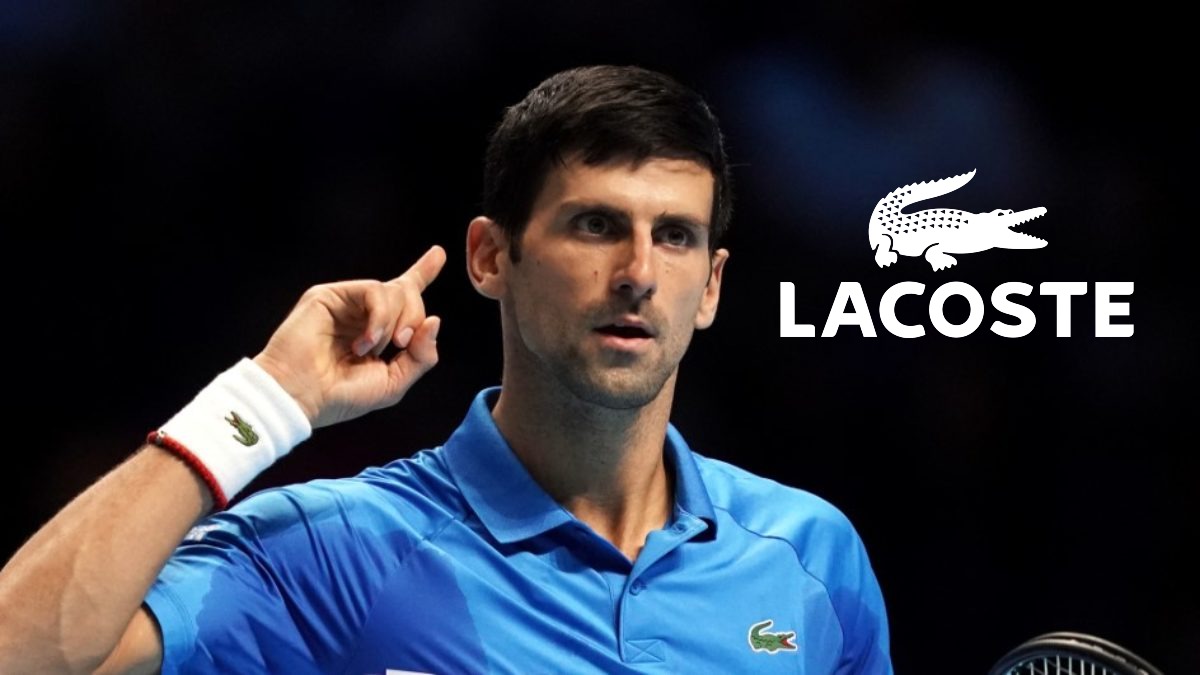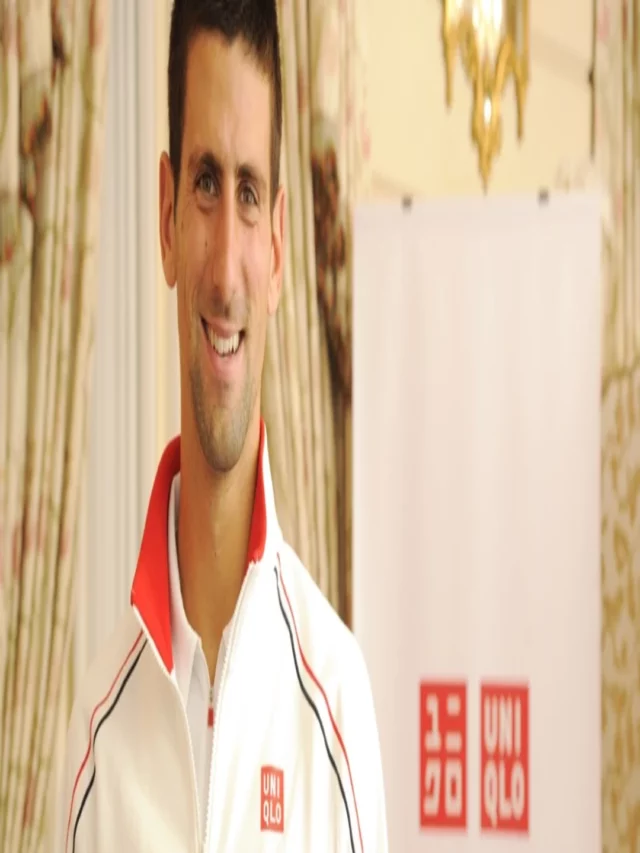Let us explore the Uniqlo and Novak Djokovic deals and more about the tennis superstar’s current sponsorship singing in this article.
Novak Djokovic joined forces with UNIQLO, a Japanese clothing and sports equipment manufacturer, back in 2012. This collaboration came as exciting news for tennis fans, as Djokovic held the prestigious title of the world’s number-one ranked player at the time. UNIQLO had recently made waves with the grand opening of their impressive 89,000-square-foot store on New York City’s iconic Fifth Avenue.

The anticipation grew as it was announced that Djokovic would unveil his brand new UNIQLO attire during the French Open tournament at Roland Garros. This highly anticipated event was scheduled to commence on May 27, 2012. It was a significant milestone for Djokovic, who had previously ended his partnership with Italian fashion designer Sergio Tacchini after less than four years of a ten-year contract.
Adding to his impressive list of endorsements, Djokovic’s journey took another turn in 2018 when he became the brand ambassador for the French company Lacoste. As a 21-time Grand Slam champion, Djokovic’s collaboration with Lacoste proved to be his most lucrative deal yet. The renowned fashion brand reportedly pays approximately $9.4 million (€8 million) annually to serve as his official kit supplier. As part of this partnership, Lacoste also launched a line of Djokovic-branded attire, aptly named the Novak Djokovic collection. As per reports Lascoste still remains as his sponsor in 2023.
How did Uniqulo sign Djokovic in 2012?
Uniqlo’s successful signing of Novak Djokovic was an intriguing journey filled with unexpected twists. For a long time, Djokovic had been loyal to Adidas, sporting their gear from head to toe. However, reports emerged that Adidas decided to allocate a major portion of their men’s tennis budget to Andy Murray, leaving Djokovic in a peculiar situation.
While Djokovic continued to wear Adidas shoes due to personal preference, he sought a new apparel partnership. Enter Sergio Tacchini, an Italian brand that offered Djokovic a long-term deal. Although the initial guarantee was relatively modest, the agreement promised greater rewards in terms of royalties and bonuses if Djokovic performed well.
As fate would have it, Djokovic achieved remarkable success in Tacchini apparel, winning four Grand Slam titles. Unfortunately, the brand faced a series of challenges related to supply and distribution, particularly in the lucrative US market. Their inability to meet demand and capitalize on Djokovic’s triumphs led to missed bonus payments and ultimately the termination of the contract.
Suddenly, Novak Djokovic found himself without an apparel contract but still bound by his shoe deal with Adidas. This significantly limited his options, as he deserved a lucrative deal that would match his status as one of the top players in the world. Seeking non-competing brands, often categorized as “sportswear” rather than “performance athletic,” Djokovic and his agent explored possibilities.
Among the contenders were renowned names like Ralph Lauren and Tommy Hilfiger. However, Ralph Lauren’s extensive involvement in tennis, sponsoring the US Open and outfitting officials and ball kids, meant they might not have had the budget to offer Djokovic a substantial deal. This brought Uniqlo into the spotlight as a logical choice.
Why did Uniqlo and Novak Djokovic cut ties?
The decision to end the partnership between Uniqlo and Novak Djokovic remains shrouded in mystery, with no specific reason disclosed. However, if we examine the period from 2017 to 2018, we can gather some insights. During this time, Djokovic faced a challenging phase in his career, struggling to achieve his usual level of success on the tennis court.
Notably, Djokovic experienced a dip in form and had difficulty clinching tournament victories. This downturn is reflected in his earnings during that period. According to Forbes’ annual World’s Highest-Paid Athletes list, Djokovic consistently earned over $25 million annually since 2013.
However, in 2017, his tournament winnings plummeted from $9.6 million in 2016 to $1.5 million. Despite this disappointing performance, Djokovic managed to maintain a substantial income of $23.5 million, thanks to his endorsement earnings amounting to $22 million.
While the specific reasons for parting ways between Uniqlo and Novak Djokovic remain undisclosed, it is possible that the brand, like any other sponsor, sought to align itself with athletes who consistently showcased strong on-court performances and secured significant victories. Djokovic’s temporary struggles during that period may have influenced the decision to explore other avenues or partnerships.
Ultimately, the end of the collaboration between Uniqlo and Djokovic serves as a reminder that endorsement deals in the sports industry are often influenced by a combination of factors, including an athlete’s on-field success, marketability, and the brand’s strategic objectives.
Read More:
IS CAROLINE WOZNIACKI RETURNING TO TENNIS? WHEN DID SHE LAST PLAY A WTA MATCH?
RICHARD GASQUET 2023 – NET WORTH, SALARY, PERSONAL LIFE AND ENDORSEMENTS

